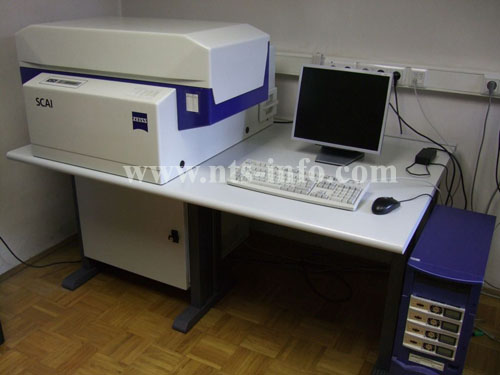
5 ways map can help communities respond to Covid- 19
Though the coronavirus disease outbreak is impacting global and national populations, there are steps to take at a local level to slow the spread. The coming days and weeks will demand a coordinated effort from federal agencies, state and local governments and private companies.
Before widescale testing becomes available, states and cities can undertake effective measures to assess the situation, identify gaps and target interventions where they are needed most.
Here are five proactive steps communities and health organizations can take to begin to understand and mitigate the impact of COVID-19 on public health:
1. Map the cases
The first step in combating the spread of any infection is getting a holistic picture of what is happening and has happened on the ground. This initial visual representation of the data is invaluable for understanding how, when — and most importantly — where to allocate resources.
Mapping confirmed cases, deaths, recoveries and active cases enables public health organizations to see where they are most needed. The popular map published by Johns Hopkins University’s Center for Systems Science and Engineering clearly illustrates the value of such visualizations. The map, which visualizes statistics on confirmed cases, fatalities and recoveries where they happened over time, has been widely shared in the media and on social networks.
The use of COVID-19 dashboards also became popular on state and local government websites seeking to inform the public. Many variations of global and locally focused dashboards are available on Esri’s COVID-19 GIS Hub.
2. Map the spread
By monitoring daily or hourly case distribution over time and location, officials can see patterns to predict future spread of the disease. They can gain even more insight by adding data layers, such as transportation networks or areas where people tend to congregate, such as shopping malls or parks.
A time-enabled map produced by the University of Virginia’s Biocomplexity Institute reveals how infections spread over time and where communities may want to target interventions. On a map of the world, it shows, regionally, the number of active, confirmed, recovered cases and deaths. The map also has a slider that allows users to see how the spread of the disease has advanced in recent months.
Though much about the novel coronavirus remains unknown, using temporal and spatial data can provide quick intelligence to support preparation and decision-making.
3. Map vulnerable populations
COVID-19 disproportionately affects the elderly and those with underlying health conditions. Mapping social vulnerability, age, and other factors helps monitor at-risk groups and regions in a community.
One of Esri’s StoryMaps published last week shows age and social vulnerability in the context of the outbreak. The story shows at-risk populations by geography alongside the Centers for Disease Control and Prevention’s Social Vulnerability Index, a collection of 15 variables that represent external stresses on health. Imagine also adding data layers to represent gathering places, such as nursing homes, homeless encampments or shelters.
By identifying the locations of higher risk groups, officials can determine where to deploy health care and emergency response resources.
4. Map capacity
Once responders have identified vulnerable populations and patterns of infection and spread, they must be ready to administer care in case of heightened demand.
Dashboard maps can visualize the locations of hospitals with available beds, clinics offering medical aid, grocery stores, pharmacies, along with data like current wait times and where hospitals can locate critical supplies like ventilators.
Mapping resources allows states and municipalities to better understand their current capacity to respond to COVID-19 infections and to make quick adjustments to scale up where needed.
In heavily impacted cities, this kind of information could potentially save lives.
5. Communicate with maps
There are a lot of moving parts during an emergency, and it can be a challenge to organize responders, volunteers and entire communities. It can also be especially difficult to communicate efficiently among leaders, stakeholders, partners and citizens. Interactive web maps, dashboard apps and StoryMaps provide engaging information that can be absorbed and used right away.
Where to begin
By combining these five steps, leaders can create an accurate picture of a community’s risk areas and capacity to respond. Esri provides much of this essential data that communities and health organizations can use to inform their response. Check the Esri COVID-19 GIS Hub site for updates.
